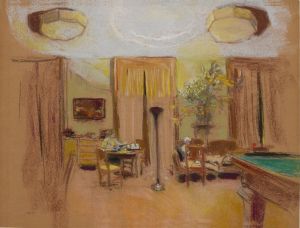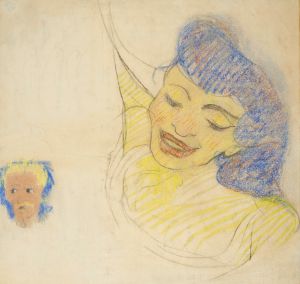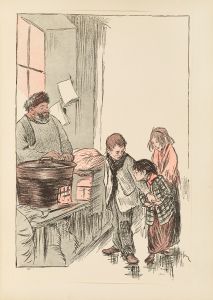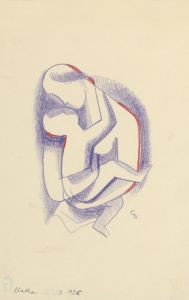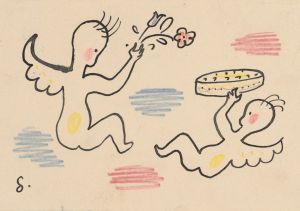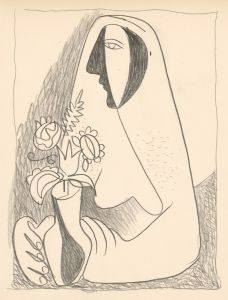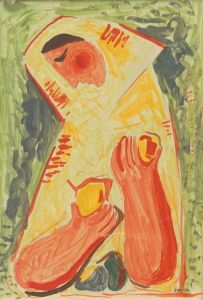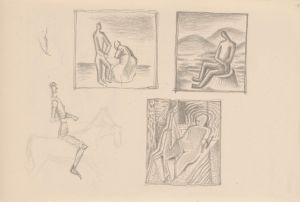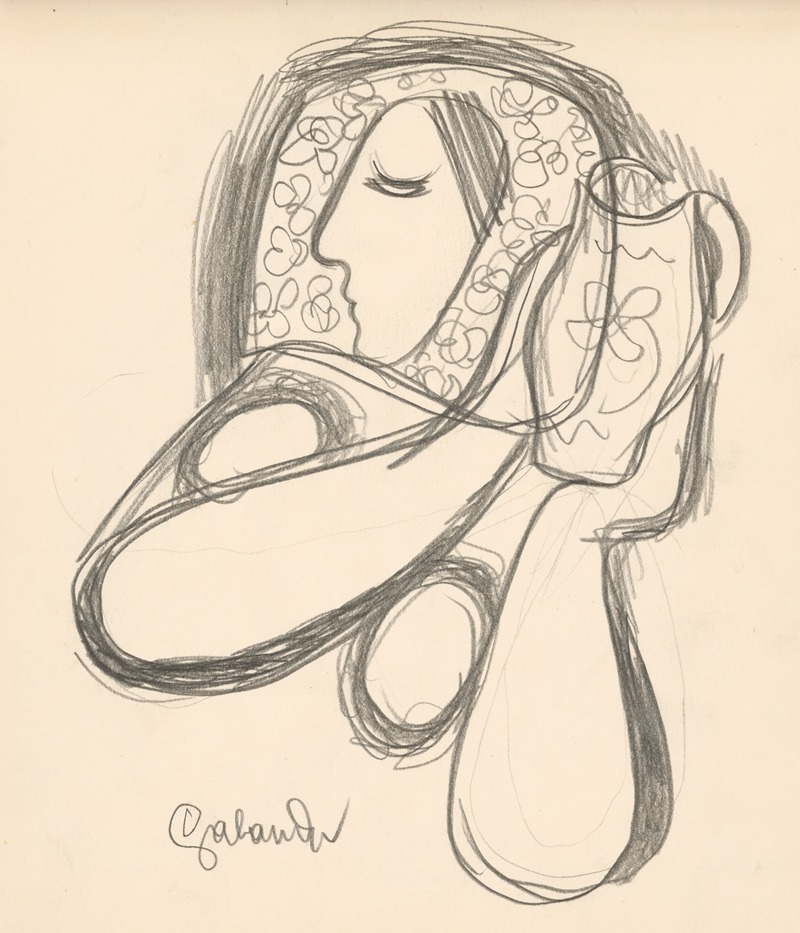
Žena s džbánom
A hand-painted replica of Mikuláš Galanda’s masterpiece Žena s džbánom, meticulously crafted by professional artists to capture the true essence of the original. Each piece is created with museum-quality canvas and rare mineral pigments, carefully painted by experienced artists with delicate brushstrokes and rich, layered colors to perfectly recreate the texture of the original artwork. Unlike machine-printed reproductions, this hand-painted version brings the painting to life, infused with the artist’s emotions and skill in every stroke. Whether for personal collection or home decoration, it instantly elevates the artistic atmosphere of any space.
Mikuláš Galanda was a prominent Slovak painter and illustrator, recognized as one of the leading figures of Slovak modern art in the early 20th century. His work is characterized by a unique blend of modernist styles, incorporating elements of Cubism, Expressionism, and Symbolism. Galanda's contributions to Slovak art were significant, as he played a crucial role in the development of modern art movements within the region.
One of Galanda's notable works is "Žena s džbánom" (translated as "Woman with a Jug"). This painting exemplifies Galanda's distinctive style, which often features simplified forms and a focus on the human figure. In "Žena s džbánom," Galanda employs a modernist approach to depict a woman holding a jug, a subject that resonates with traditional themes yet is presented through a contemporary lens.
The painting is characterized by its use of bold colors and geometric shapes, reflecting the influence of Cubism. Galanda's use of color is particularly striking, as he employs a palette that emphasizes contrasts and highlights the form of the subject. The composition of the painting is carefully structured, with the figure of the woman occupying a central position, drawing the viewer's attention to her presence and the symbolic nature of the jug she holds.
Galanda's work often explored themes of Slovak identity and culture, and "Žena s džbánom" can be seen as part of this exploration. The jug, a common object in everyday Slovak life, serves as a symbol of domesticity and tradition. By incorporating such elements into his modernist compositions, Galanda was able to bridge the gap between the avant-garde and the cultural heritage of Slovakia.
Throughout his career, Galanda was associated with the "Generation of 1909," a group of Slovak artists who sought to bring modernist ideas to Slovak art. This group was instrumental in introducing new artistic concepts and techniques to the region, challenging traditional artistic norms and encouraging innovation. Galanda's work, including "Žena s džbánom," played a significant role in this cultural shift, as it demonstrated the potential for modern art to engage with and reinterpret traditional themes.
In addition to his painting, Galanda was also known for his work as an illustrator and graphic artist. He contributed to various publications and was involved in the design of book covers and illustrations, further showcasing his versatility and commitment to the arts. His influence extended beyond his own work, as he inspired subsequent generations of Slovak artists to explore modernist styles and themes.
"Žena s džbánom" remains an important piece within Galanda's oeuvre, reflecting his artistic vision and the broader cultural currents of his time. The painting is a testament to Galanda's ability to synthesize different artistic influences and create works that are both innovative and deeply rooted in Slovak culture. Through his art, Galanda left a lasting legacy that continues to be celebrated in Slovakia and beyond.






